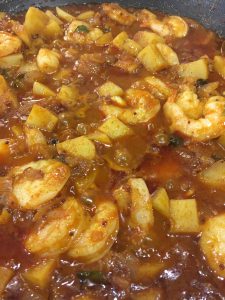(1 hour, serves 6)
Continuing in the project of accustoming my children to Sri Lankan food, I made chicken curry last night, which is one of the classic dishes that you will find at many local restaurants. I reduced the chili powder from my standard two tablespoons to just one, and that was the only change my daughter needed to be perfectly happy with the dish. Hooray! My son, sadly, thought it ‘tasted weird.’ We ended up supplementing his dinner with chicken nuggets out of the freezer. (Standard recipe below.)
I suspect I will just have to keep making the curry, and keep having him taste it, until Anand is actually accustomed to it. I should have undoubtedly started this process years and years ago, but better late than never, I suppose. One of our goals for this year is to actually get the whole family eating the same dinner more often, which should, in the long run, make our lives a lot easier.

One thing worth noting in these photos is the color change from the second to third photo. A key to a good chicken curry is having a tasty kulambu (or kuzhambu, depending on how you do the transliteration), which is basically the curry sauce or gravy. Some people make it more liquid, some more thick (if you use potatoes in this dish, they will thicken the sauce). In this recipe you build a fairly spicy sauce, and then add whole milk partway through the cooking process, which melds the flavors and mellows the spice level, lending your curry a creamy richness.
You can use other kinds of milk if you’d prefer, and in fact, coconut milk is often used in Sri Lanka, but coconut milk is a little rich for everyday cooking — my family tends to save it for special occasion meals. I’ve used goat milk (works fine) and soy milk (a little thin, but acceptable). Almond milk is quite thin, and has a distinct nutty flavor — it’s not bad, but it does take the curry in a different direction; if you can find cashew milk, that might be a better option.
Note: If you’re using coconut milk, which is fairly sweet, you may want to switch out the ketchup for chopped fresh tomatoes + a little vinegar. My mother started using ketchup (which has sugar in it already) to compensate for the lack of sweetness in cow’s milk, when she first came to America as an immigrant in 1973, and coconuts and coconut milk were not so easy to come by.


3-5 medium onions, diced
3 TBL vegetable oil
1 tsp black mustard seed
1 tsp cumin seed
3 whole cloves
3 whole cardamom pods
1 cinnamon stick, broken into 3 pieces
1-2 TBL red chili powder
1 TBL Sri Lankan curry powder
12 pieces chicken, about 2 1/2 lbs, skinned and trimmed of fat. (Use legs and thighs — debone them if you must, but they’ll be tastier if cooked on the bone. Don’t use breast meat — it’s not nearly as tasty.) (Alternately, use 6 pieces of chicken, and three russet potatoes, peeled and cubed)
1/3 cup ketchup
1 heaping tsp salt
1/2 cup milk
1 TBL lime juice
1. In a large pot, sauté onions in oil on medium-high with mustard seed and cumin seed, cloves, cardamom pods, and cinnamon pieces, until onions are golden/translucent (not brown). Add chili powder and cook one minute. Immediately add curry powder, chicken, ketchup, and salt.
2. Lower heat to medium. Cover and cook, stirring periodically, until chicken is cooked through and sauce is thick, about 20 minutes. Add water if necessary to avoid scorching. Add potatoes if using, and add milk, to thicken and mellow spice level; stir until well blended. (Be careful not to cook on high at this point, as the milk will curdle.)
3. Cook an additional 20 minutes, until potatoes are cooked through. Add lime juice; simmer a few additional minutes, stirring. Serve hot.

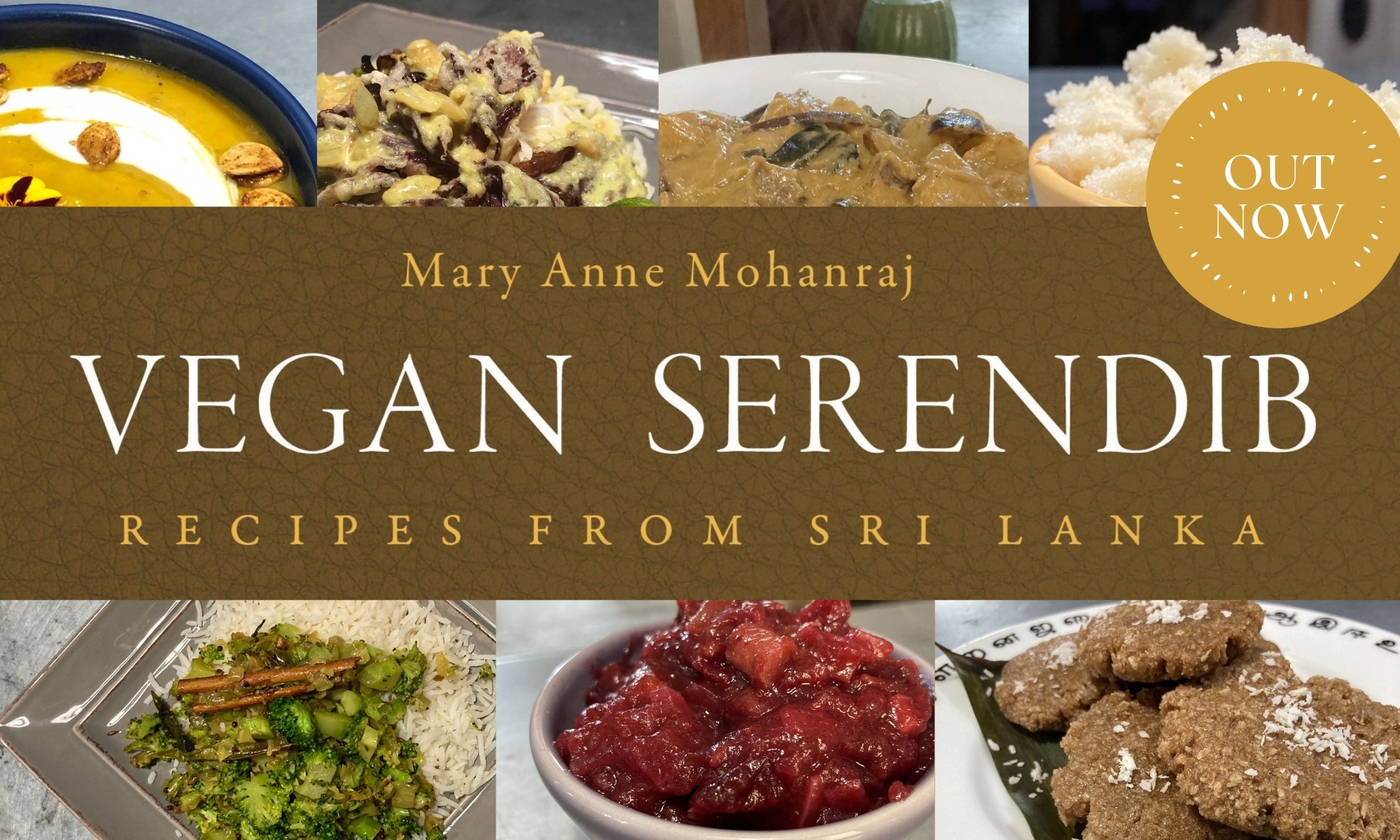
 (10 minutes, serves 8)
(10 minutes, serves 8)

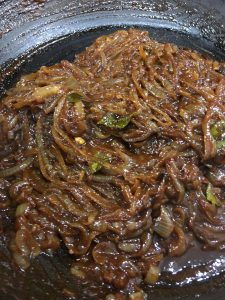
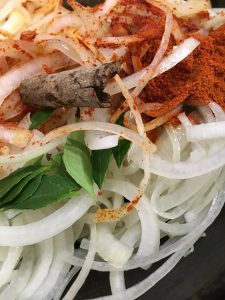

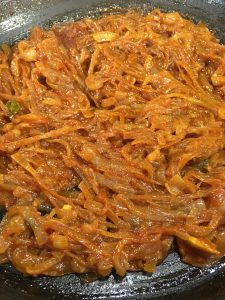
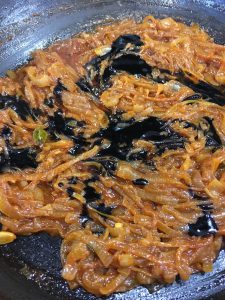






 (2 hours, serves 8)
(2 hours, serves 8)
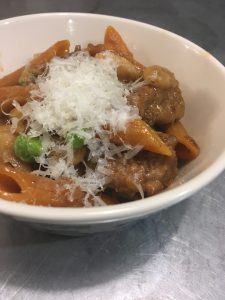 (45 minutes, serves 6)
(45 minutes, serves 6) For take two, I figured I would coax them into it. I’d use flavors I knew they liked (chicken broth and Parmesan), I’d add in Italian sausage, and I’d cut the amount of beans in half, so they’d be a little less overwhelming. Success was…mixed. I thought it was delicious, though the peas were perhaps a little too similar in texture to the beans. (Should’ve stuck with my original plan to serve this with broccolini, but I forgot to pick some up at the store, oops.) Anand ate his entire plate and had seconds, hooray!
For take two, I figured I would coax them into it. I’d use flavors I knew they liked (chicken broth and Parmesan), I’d add in Italian sausage, and I’d cut the amount of beans in half, so they’d be a little less overwhelming. Success was…mixed. I thought it was delicious, though the peas were perhaps a little too similar in texture to the beans. (Should’ve stuck with my original plan to serve this with broccolini, but I forgot to pick some up at the store, oops.) Anand ate his entire plate and had seconds, hooray!

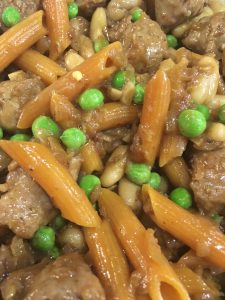
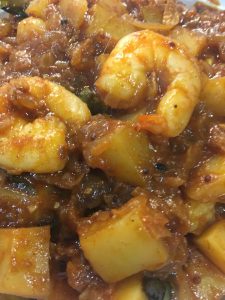 (30 minutes, serves 6)
(30 minutes, serves 6)


